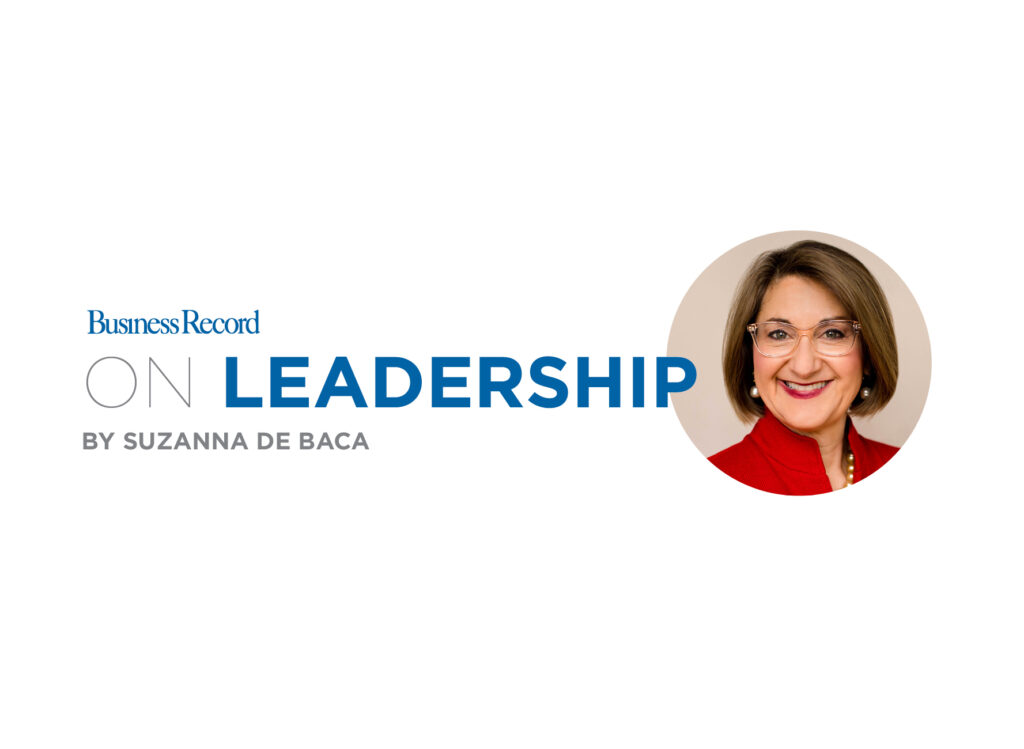Elbert: A good caucus question

The federal debt is something we rarely consider, not even during elections, like last year’s. It’s a wonky topic that most politicians, let alone voters, do not understand.
That’s unfortunate, because the government pays interest on the debt. And the higher the payments, the less money there is to spend in the real economy.
“Secrets of the Temple,” William Greider’s 1987 book about the Federal Reserve, explained that more than 100 years ago average people understood economic policy because it was less complicated and it affected them directly.
Back then, when there were problems – often it was because there wasn’t enough money in circulation – commerce ground to a halt, not unlike what was starting to occur in the recent government shutdown.
Financial panics were frequent and painful during the 19th century, and ultimately resulted in the creation of the Federal Reserve system in 1913 to provide more options for preventing and managing economic downturns.
Today, the impacts of economic policy are far enough removed that most people don’t see the connection.
But when something goes wrong, it can still create street-level problems, like it did a decade ago when the mortgage industry melted down.
We’re seeing hints that something similar is happening now with the federal deficit, which is the annual difference between income and expenses. In the past two years, the deficit has grown at a much faster rate than before.
Reasons for the increases are entirely rational. But most politicians don’t understand or care, so they ignore the warning signs, like this headline last fall in the New York Times: “As debt rises, the government will soon spend more on interest than on the military.”
The article said that interest – not the debt, not the deficit, but interest on the debt – “is on track to hit $390 billion next year, nearly 50 percent more than in 2017.”
“Within a decade,” it added, “more than $900 billion in interest payments will be due annually, easily outpacing spending on myriad other programs,” including the military, Medicaid and children’s programs.
Two things cause deficits to grow: overspending and insufficient income.
Today, we have both.
On the expense side, there was once a semblance of balance between conservatives and liberals. Conservatives spent money on defense and law enforcement, while liberals spent on social and educational programs designed to reduce the need for spending on military and law enforcement.
Since the 1930s, the government has spent
freely during hard times to help pull the economy back on track. As things got better, spending was trimmed and taxes were raised to cover the expanded deficit.
But not today.
Today, the level of government dysfunction is so widespread that neither lower spending nor higher taxes are likely any time soon.
Neither side wants to unilaterally cut back spending. Nor do conservatives, who control the federal government, want to give up recent tax breaks, which they say are helping the economy grow.
That may be true, but it is also true that the deficit is growing much faster than the economy.
And that brings us to a third reason the deficit is growing. It’s because a couple of years ago we entered a new inflationary cycle that exerts upward pressure on interest rates. Everything else being equal, higher interest rates increase the size of debt payments.
Given the size of the debt and the way it is growing, there is no way our economy can grow its way out of current difficulties as many conservatives suggest.
The solution is simple. But getting there is not.
So here’s what I propose.
As presidential candidates make their way across Iowa, ask them, “How do you plan to handle the rapidly growing deficit?”







